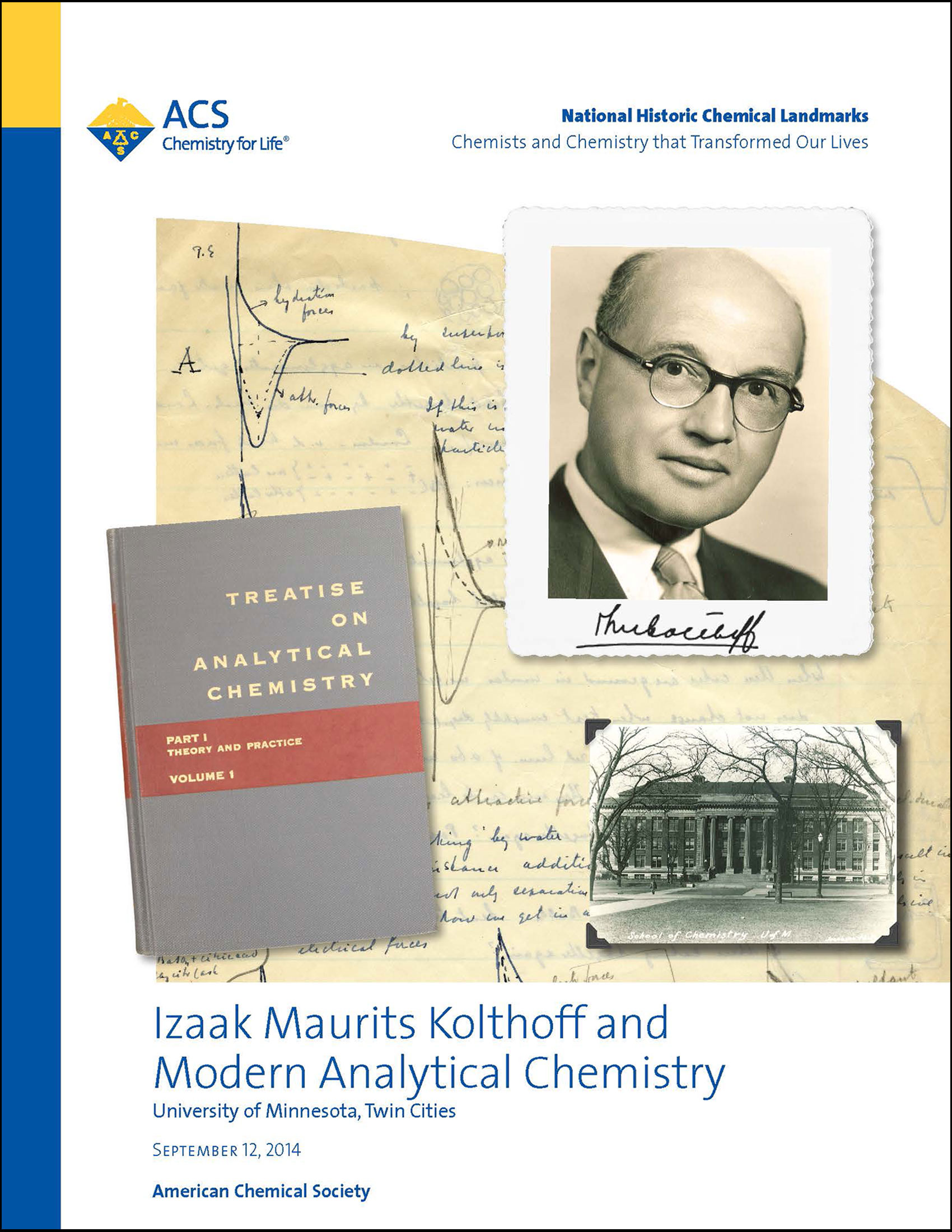Izaak Maurits Kolthoff and Modern Analytical Chemistry
National Historic Chemical Landmark
Designated September 12, 2014, at the University of Minnesota, Twin Cities, in Minneapolis, Minnesota.
Izaak Maurits Kolthoff (1894–1993) has been described as the father of modern analytical chemistry for his research and teaching that transformed the ways by which scientists separate, identify, and quantify chemical substances. Once a collection of empirical recipes and prescriptions, the field of analytical chemistry is today an essential branch of chemistry built upon solid theoretical principles and experimental techniques, the basis of which was formed over the course of Kolthoff’s nearly 80-year career. Analytical chemistry is now a central chemical discipline that provides critical information to clinical medicine, environmental studies, forensics, food and drug safety, and numerous other areas.
Contents:
Origins of Analytical Chemistry
The discipline of analytical chemistry dates back hundreds of years. One of the earliest figures in chemical analysis, Swedish scientist Torbern Bergman (1735–1784), is recognized as the first to introduce a qualitative system of analysis to chemistry. The German chemists Wilhelm Ostwald (1853–1932) and Walther Nernst (1864–1941) are regarded for their work to bring physical chemistry foundations to analytical chemistry and for originating electrochemistry (the field of chemistry that studies chemical changes that produce or are caused by electricity), respectively.
Despite the contributions of these and other early chemists, the field of analytical chemistry was considered something of an art as recently as the early 1900s, reliant upon empirical recipes and lacking articulated principles. At the time, analysts were considered laboratory technicians rather than bona fide scientists. Kolthoff’s signature contribution would be to provide a unified scientific basis for the methods that already existed and to develop them further, thereby bringing chemical analysis into the modern era of science.
Analytical chemistry, especially in those days, was bare of almost any scientific interpretations. It became clear to me that such an understanding was not only necessary to increase the prestige of analytical chemistry as a real science by providing these interpretations, but that a good understanding of physical, chemical, and physico-chemical fundamentals would lead to the development of new methods, improvement of existing methods, and to the calculation of errors in analytical procedures.”
— I. M. Kolthoff, from a 1973 interview with Robert C. Brasted published in the Journal of Chemical Education (American Chemical Society)
Kolthoff's Early Life and Career
Kolthoff was born in Almelo, the Netherlands, on February 11, 1894. In 1911, he entered Utrecht University with an interest in studying chemistry, but chose pharmacy instead to avoid the strict classical language requirement of the former field. At Utrecht, Kolthoff was advised by Nicholas Schoorl (1872–1942), a skilled professor of analytical chemistry and pharmacology, whose teaching applied a distinguishing emphasis on fundamental chemical and physical principles. His guiding maxim, “theory guides; experiment decides,” was adopted by Kolthoff, and the combination of fundamental theory and experimental evidence would become a defining characteristic in Kolthoff’s career.
Kolthoff published his first research paper in 1915 on the then newly-articulated concept of pH, which had been introduced in 1909 by the Danish chemist S. P. L. Sørensen (1868–1939). It was the first in what would become a prodigious record of published scholarship. In the same year, he completed his undergraduate degree in pharmacy and began doctoral studies at Utrecht, earning a doctorate in chemistry in 1918.
Kolthoff remained at Utrecht as a privaatdocent (unsalaried teacher and researcher). By 1927, he could claim a growing international reputation, having more than 270 publications in a range of analytical topics including acid-base titrations, conductometric titrations, and iodometry.
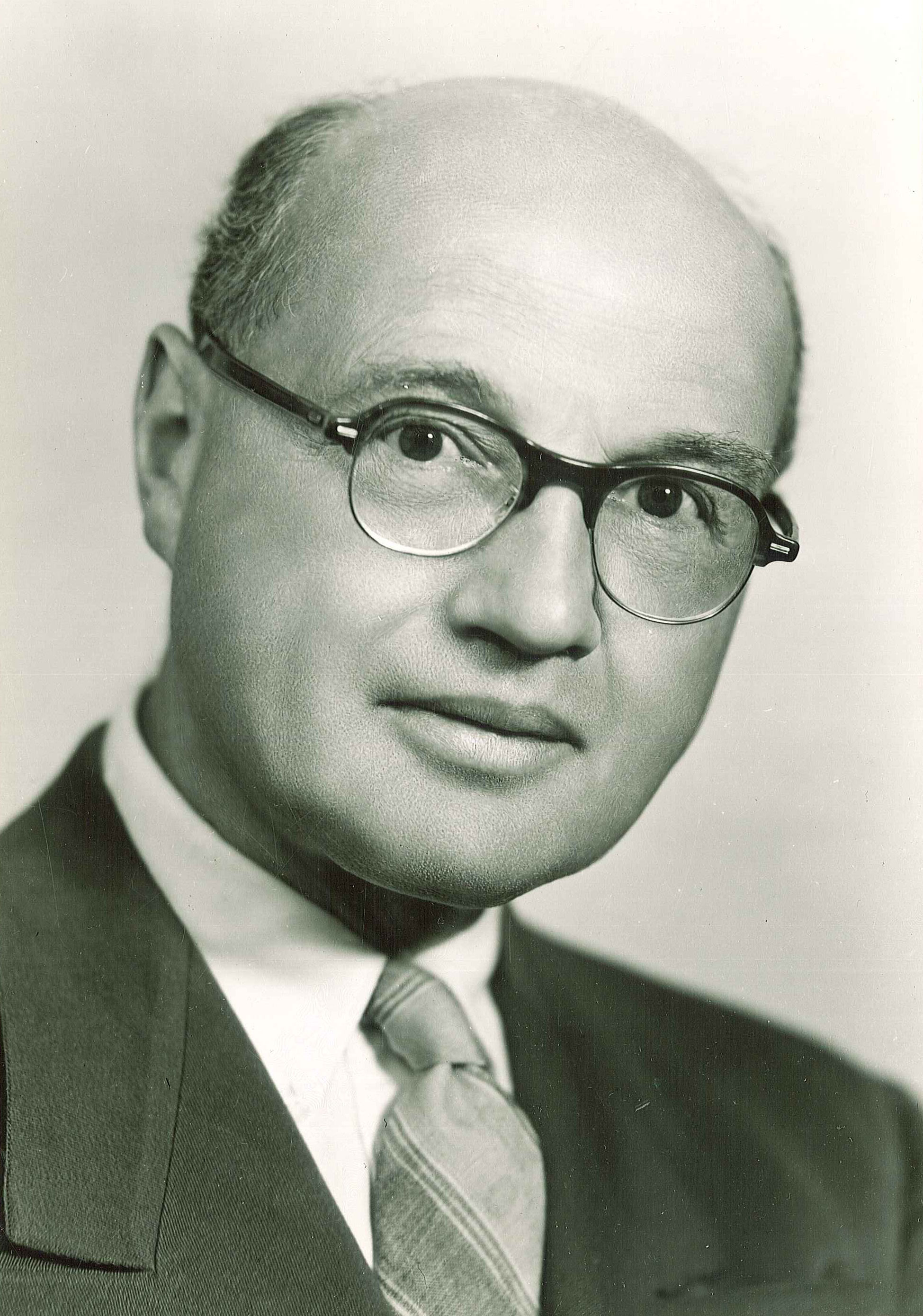
Kolthoff at the University of Minnesota
In 1927, Kolthoff traveled to the U.S. and Canada on a lecture tour. Around this time, the University of Minnesota was seeking a research chemist to strengthen its graduate program. On a recommendation by a former colleague, the University’s chemistry chair Samuel C. Lind (1879–1965) invited Kolthoff to accept a one-year appointment to lead the department’s division of analytical chemistry. Kolthoff accepted the offer, saying, “I may assure you that [on] my side I will try to do my duty as well as possible and I hope that your expectations will not be disappointed.” Kolthoff would remain on faculty for the next 35 years and leave an extraordinary legacy of research and teaching at the University. His move to the U.S. resulted in the English translation and expansion of many of his previous works.
The United States’ entry into World War II in 1942 marked a new direction in research for Kolthoff. The nation’s military and industry were keenly concerned about the supply of rubber, a strategic material imported largely from Southeast Asia. American chemists were recruited to solve the rubber crisis, either by finding domestic sources or by creating synthetic rubber. Kolthoff worked on the latter effort, helping to develop a recipe for synthetic rubber that was known as the “cold process.” It is regarded as one of his most important research contributions.
During and after the war, Kolthoff played a role in relocating European scientists who were persecuted by Nazis to U.S. institutions through a program led by the Rockefeller Foundation. He corresponded with influential science and political leaders including Albert Einstein, Eleanor Roosevelt, Linus Pauling, and Hubert Humphrey in efforts to promote world peace, oppose nuclear weapons testing, and engage in other social concerns of the time.
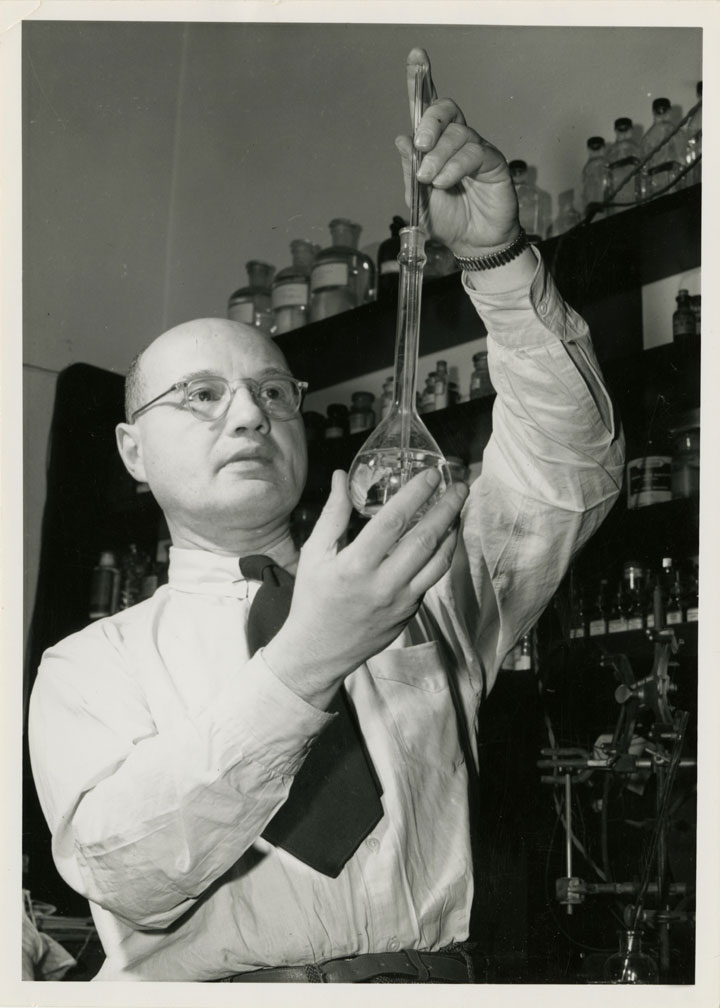
Rubber During WWII
Learn more about the development of synthetic rubber in the U.S. during World War II by reading about the U.S. Synthetic Rubber Program National Historic Chemical Landmark.
Analytical Legacy of I. M. Kolthoff
In addition to his academic and social contributions, Kolthoff was an influential spokesperson for analytical chemistry, both in this country and abroad. Kolthoff advocated for the scientific distinction between analytical chemistry and related disciplines, particularly physical chemistry. He participated in the founding of the ACS Division of Analytical Chemistry in 1938 and served on the editorial boards of the Industrial and Engineering Chemistry Analytical Edition (a publication of the American Chemical Society) from 1935 until 1942 and the ACS journal Analytical Chemistry upon its introduction in 1948. Taking advantage of his international relationships, Kolthoff pressed for the establishment of an analytical body of the International Union of Pure and Applied Chemistry and was instrumental in founding the organization’s Analytical Chemistry Division in 1951.
Kolthoff retired from the university in 1962 but maintained his research activity until his death on March 4, 1993, at the age of 99. In total, Kolthoff published nearly 1,000 scientific papers (136 after his retirement) and influential books on such far-ranging areas of analytical chemistry as acid-base indicators, acid-base chemistry in non-aqueous media, polarography, and titrimetry (including potentiometric, conductometric, and amperometric titrations), among numerous others. The classic series Treatise on Analytical Chemistry, coedited with Philip J. Elving of the University of Michigan and published by Interscience Publishers, is among the most significant reference works in the field. As an educator, Kolthoff advised more than 50 doctorate chemists at the University of Minnesota, many of whom went on to major academic positions of their own.
Kolthoff’s scientific achievements garnered many accolades. He was knighted by his native Netherlands as a Commander in the Order of Orange-Nassau in 1947. He received the William H. Nichols Medal from the ACS New York Section in 1949 and the ACS Award in Analytical Chemistry in 1950. Kolthoff was inducted into the National Academy of Sciences in 1958 and received the Willard Gibbs Medal Award from the ACS Chicago Section in 1964.
In 1972, the University of Minnesota named its new chemistry building Kolthoff Hall in his honor, and the Department of Chemistry continues to honor his legacy with the annual Kolthoff Lectureship in Chemistry. He received the ACS Division of Analytical Chemistry’s first Award for Excellence in Education in 1983 (now the J. Calvin Giddings Award) and the Royal Society of Chemistry’s Robert Boyle Prize for Analytical Science in 1984. In 2012, Kolthoff was posthumously inducted into the Minnesota Science and Technology Hall of Fame.
Analytical chemistry will remain a scientific discipline of chemistry as long as industry continues to make new products, as long as there are unsolved problems in chemistry, and as long as chemistry remains an integral part of the natural sciences.”
— I. M. Kolthoff, 1964 Willard Gibbs Medal lecture
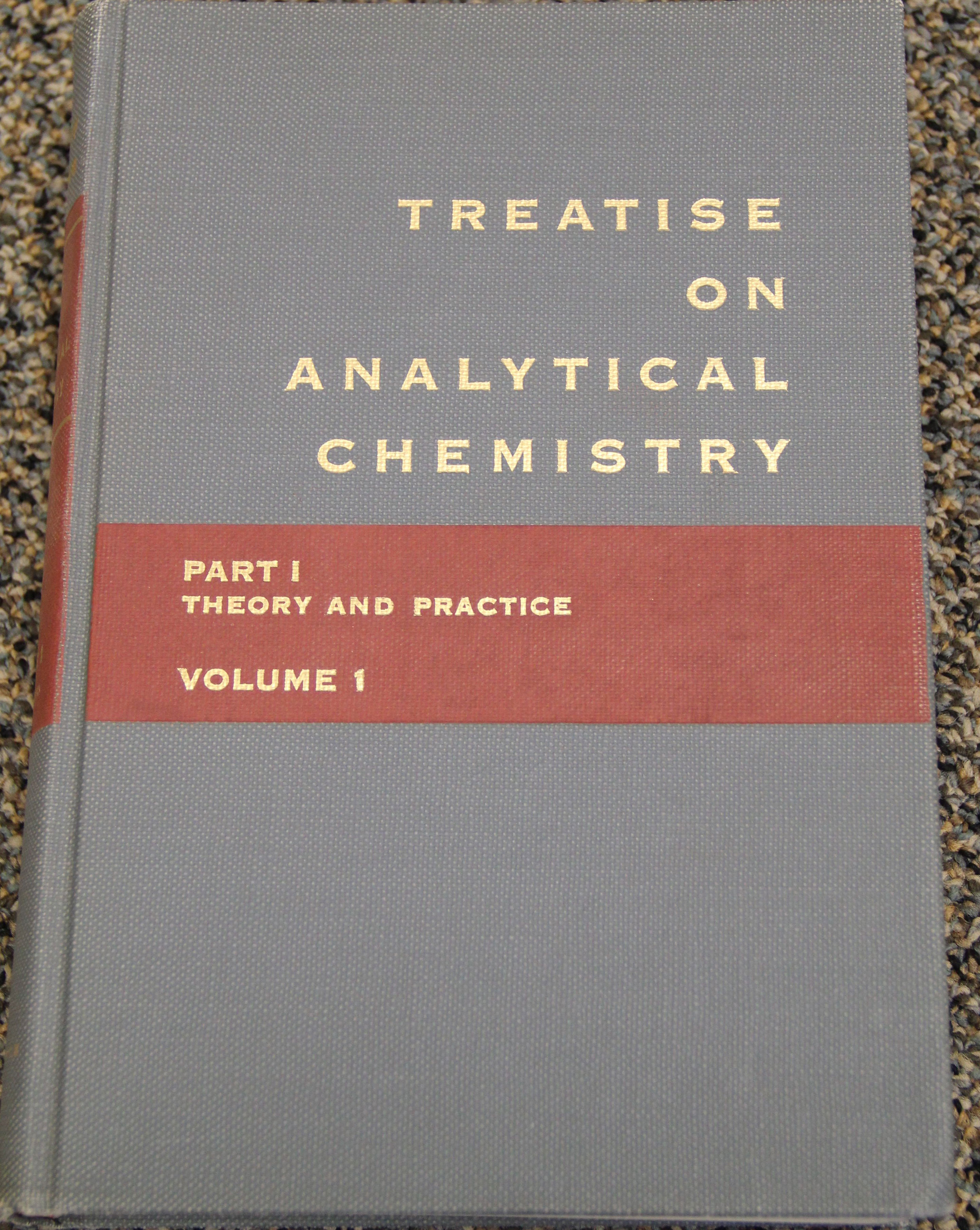
History of Chemistry at the University of Minnesota
The University of Minnesota was chartered in 1851. Due to enrollment and financial difficulties, it closed in the late 1850s but reopened in 1867 with a preparatory department and plans for its collegiate structure. The same year, Edward Twining (1833–1920) was hired as the school’s first chemistry professor.
In 1872, the Minnesota State Legislature approved funding for construction of an agricultural building at the university, which was equipped with a modern laboratory for chemistry instruction. Teaching in analytical chemistry was emphasized in this early period for its practical applications in agricultural, industrial, and medical disciplines. The building was destroyed by fire in 1888. Two years later, Nicholson Hall opened to house courses in chemistry and physics.
The first doctoral degree in chemistry at the university was awarded to Paul M. Glasoe (1873–1956) in 1902. In 1904, the School of Chemistry was established, with George B. Frankforter (1859–1947) serving as dean. The Minnesota Legislature appropriated funds to establish a new chemistry building on Northrop Mall, and in 1913 the first phase was completed. The building offered improved space for research across analytical, industrial, inorganic, organic, physical, and technological specialties. In 1922, the final phase of construction on the chemistry building was completed.
In 1935, the Minnesota Institute of Technology was organized under the leadership of Samuel C. Lind to unite departments that served industry, including the College of Engineering and Architecture, the School of Mines and Metallurgy, and the School of Chemistry. The institute is known today as the College of Science and Engineering.
In 1972, the university dedicated a new chemistry building and named it Kolthoff Hall after the university’s eminent analytical chemist. In the same ceremony, the 1913 building was named Smith Hall after Lee Irvin Smith (1891–1973), a renowned organic chemist who taught at the university from 1920 until 1960. Smith is best known for his 1938 synthesis of vitamin E.
Further Reading
- Izaak Maurits Kolthoff Biography (University of Minnesota, Twin Cities, Department of Chemistry)
- Izaak Maurits Kolthoff Papers, 1926-1994 (University of Minnesota Archives, University of Minnesota, Twin Cities)
- National Historic Chemical Landmark celebration draws hundreds (University of Minnesota, Twin Cities, Department of Chemistry)
- Interview with I. M. Kolthoff, Journal of Chemical Education, 1973, 50 (10), p 663. (Subscription required)
- U.S. Synthetic Rubber Program (ACS National Historic Chemcial Landmarks)
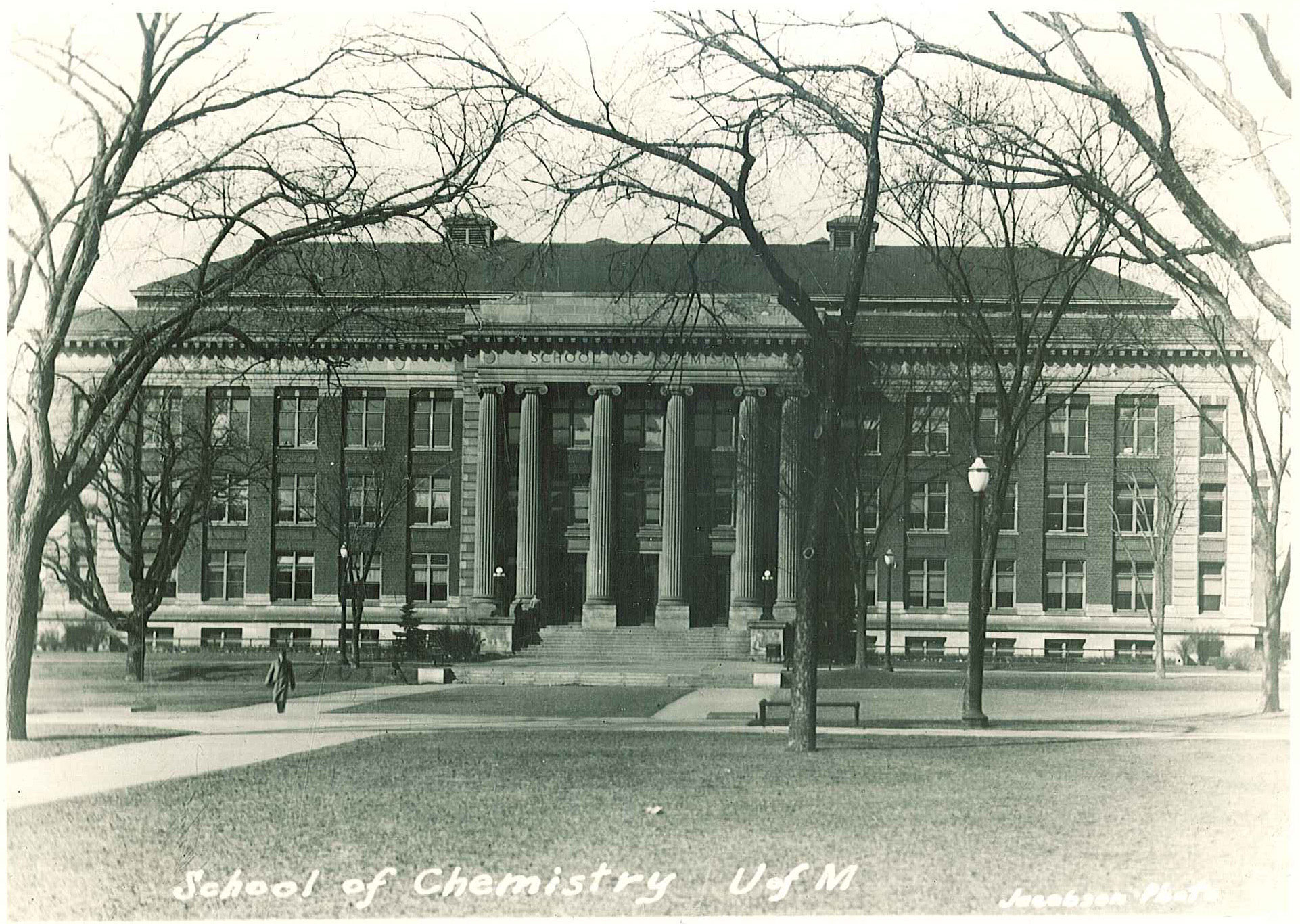
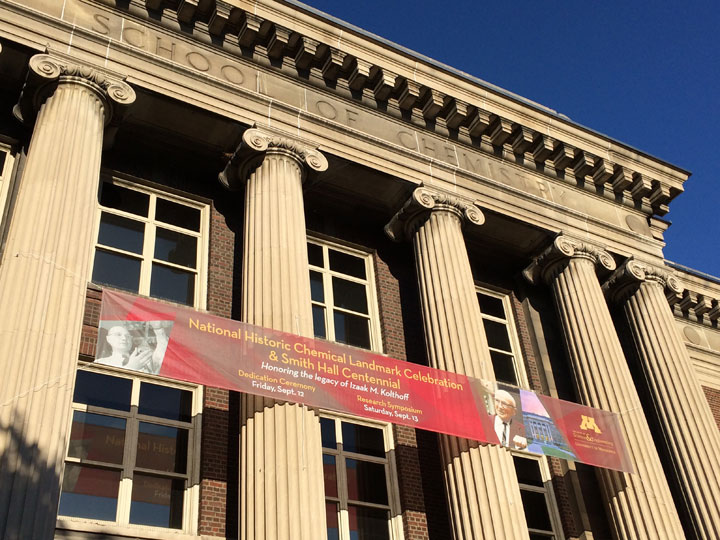
Landmark Dedication and Acknowledgments
Landmark Dedication
The American Chemical Society dedicated the contributions of Izaak Maurits Kolthoff to the field of analytical chemistry as a National Historic Chemical Landmark in a ceremony in Minneapolis, Minnesota, on September 12, 2014. The commemorative plaque at Smith Hall on the campus of the University of Minnesota, Twin Cities, reads
Izaak Maurits Kolthoff (1894–1993) is widely regarded as the father of modern analytical chemistry. His research transformed the ways by which scientists separate, identify, and quantify chemical substances and built the field upon solid theoretical principles and experimental techniques. Today, analytical chemistry is an essential branch of chemistry used in disciplines ranging from clinical medicine to environmental studies, forensics, food and drug safety, and other fields. As a faculty member at the University of Minnesota from 1927 to 1962, Kolthoff was a world-renowned educator, author of nearly 1,000 papers and numerous textbooks, adviser to more than 50 doctoral chemistry students, and an international leader in advancing analytical chemistry as a modern scientific discipline.
Acknowledgments
Adapted for the internet from “Izaak Maurits Kolthoff and Modern Analytical Chemistry” produced by the National Historic Chemical Landmarks program of the American Chemical Society in 2014.
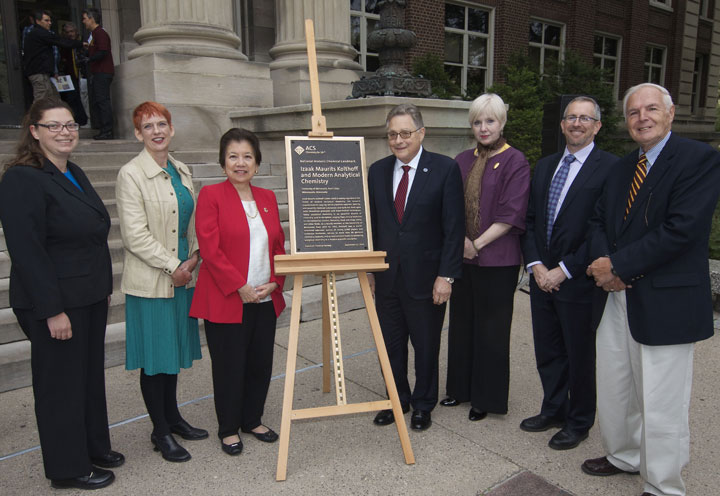
Back to National Historic Chemical Landmarks Main Page.
Learn more: About the Landmarks Program.
Take action: Nominate a Landmark and Contact the NHCL Coordinator.

